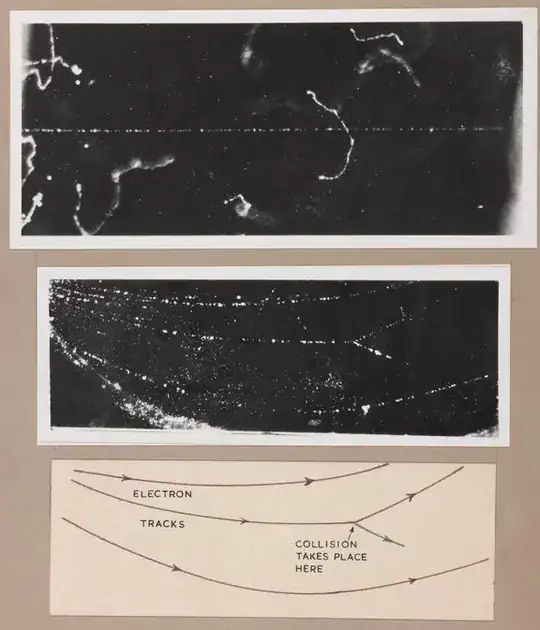If you allow me to paraphrase: You are making the case that since the energy of a Coulomb electric field is infinite at the origin, the electron must not really be a point particle. First I will summarize some evidence in favor of point-like particles, without coming to a final conclusion. Then I will address the Coulomb potential and our ability to make a conclusion from that infinity.
On the former: Well, really every experiment that has been done shows particle-like nature on each individual run. Let me give you some example for context.
Check out this image of the trajectory of an electron from a cloud chamber:

In addition, in a screen-like setup like a multi-channel plate, which is basically a bunch of cavities that an electron can enter, we only ever get a signal in one channel at once.
What else? Consider the Milikan's oil drop experiment. There's a good video of it here. The charge of the electron was found in this experiment, and every charge seen in the experiment is a multiple of that base charge. That suggests a final granularity of electrons.
There are pretty much endless other examples.
However, as we know, there is a wave nature of the electron as well. This wave-particle "duality" has confused mankind for more than 100 years and we still don't have it all quite cleanly sorted out today. Thus many of the arguments around measurement in Quantum Mechanics.
Finally I would like to add that while some experiments are suggestive of pointlike particles, this does not have to be the final say in nature. I show these experiments only to present some relevant evidence that can be weighed in.
So, how are these compatible with the infinite energy of a Coulomb potential?
The infinite energy of a Coulomb potential is an issue for sure. But we already know that our electrodynamics is not the final story, so an issue there is likely just indication of the limitations of our theory. Quantum Electrodynamics is a more fundamental theory, however even here the singularity still causes issues. We are able to tame these issues with a process called renormalization.
But regardless of whether one considers this an issue in QED... even QED is not the end of the story. Since we don't have a final theory, we don't know what an electron actually IS. So we can't rule out the possibility that there is a way for it to have a point-like nature while still having a total energy that doesn't cause our theories to blow up. The way of calculating energy (if there even is one in a hypothetical final theory) may be completely different than $\int\vec{E}^2 dV$. As such, we have no way of ruling out a pointlike nature of the electron.
